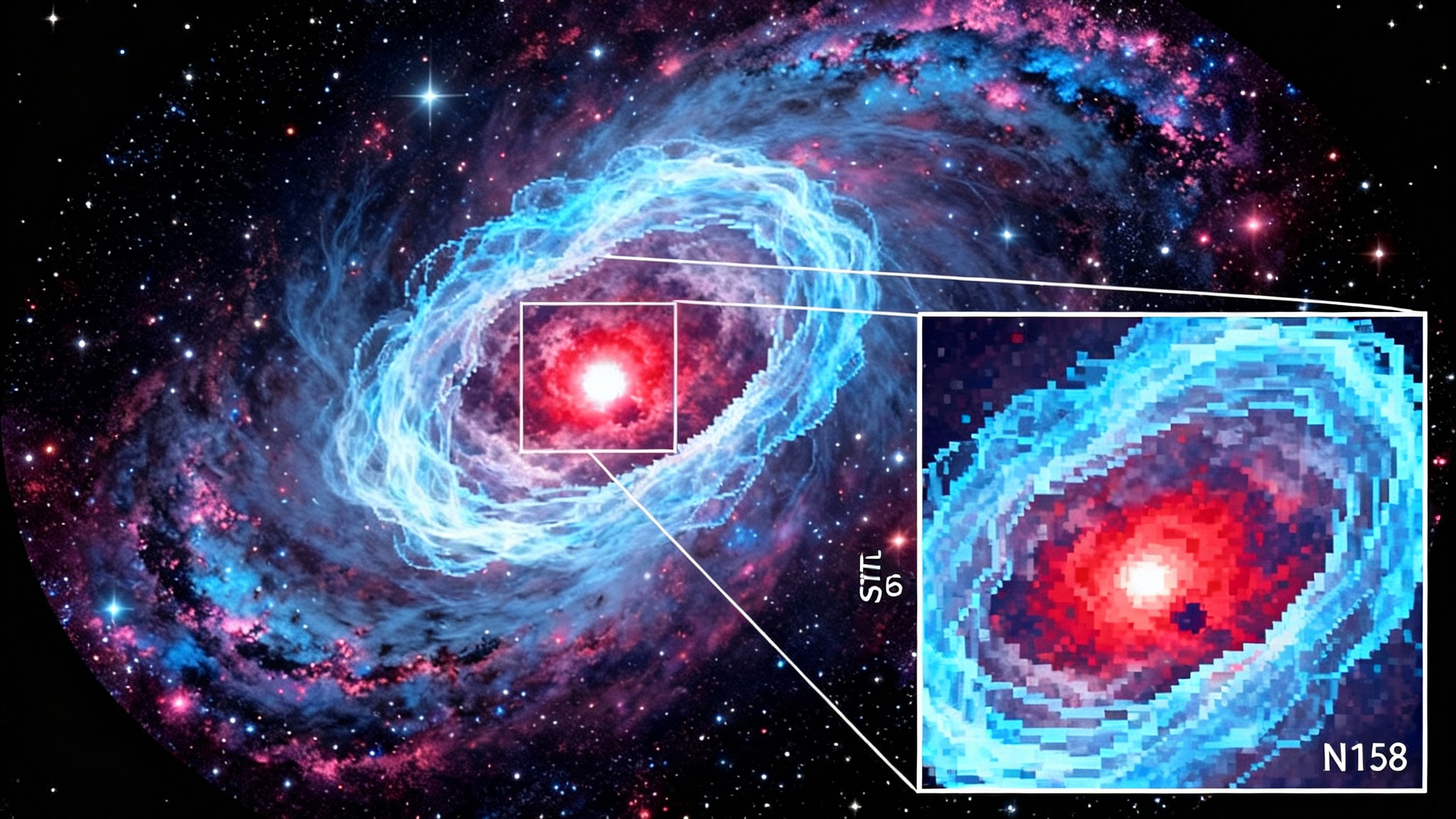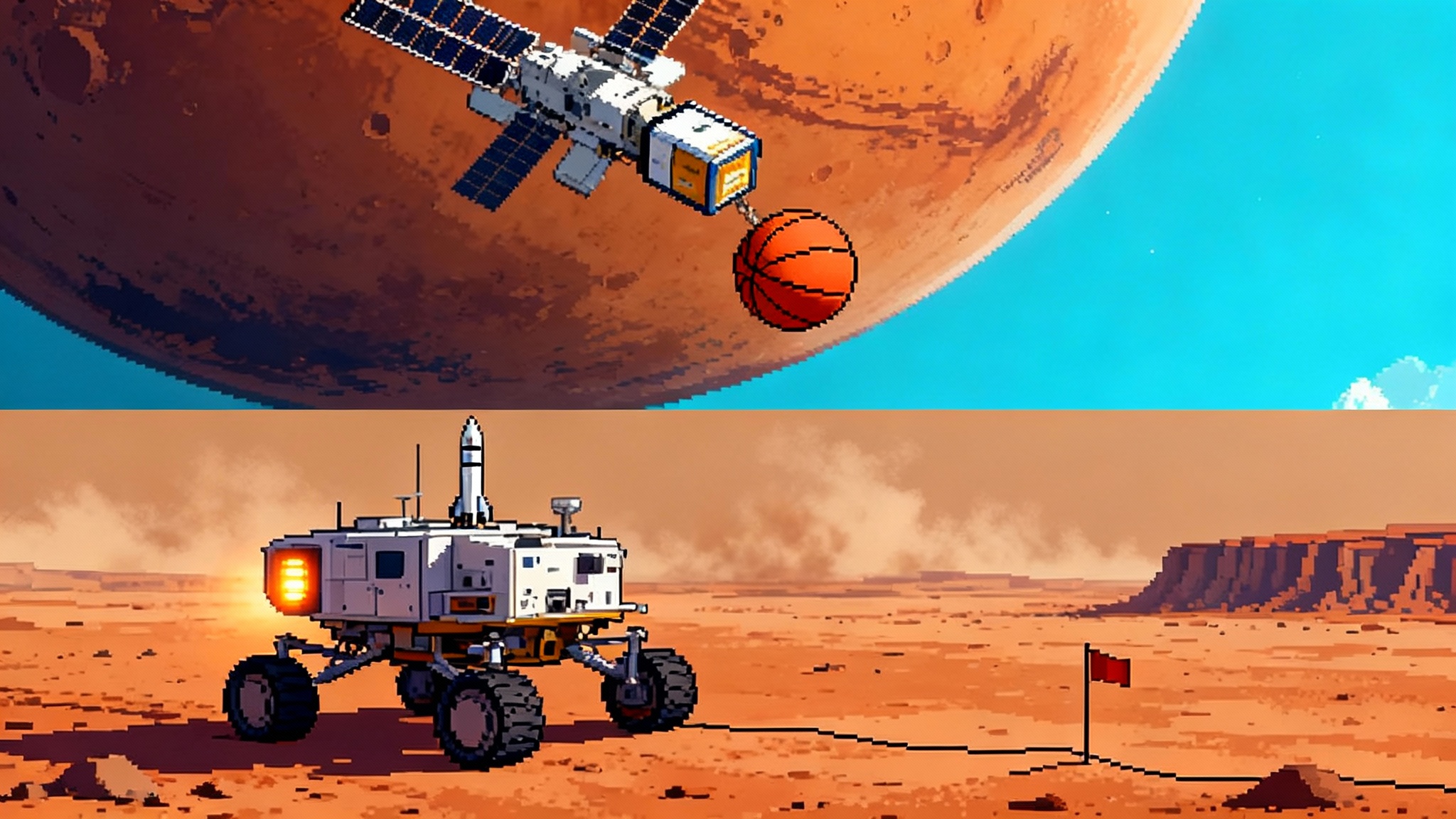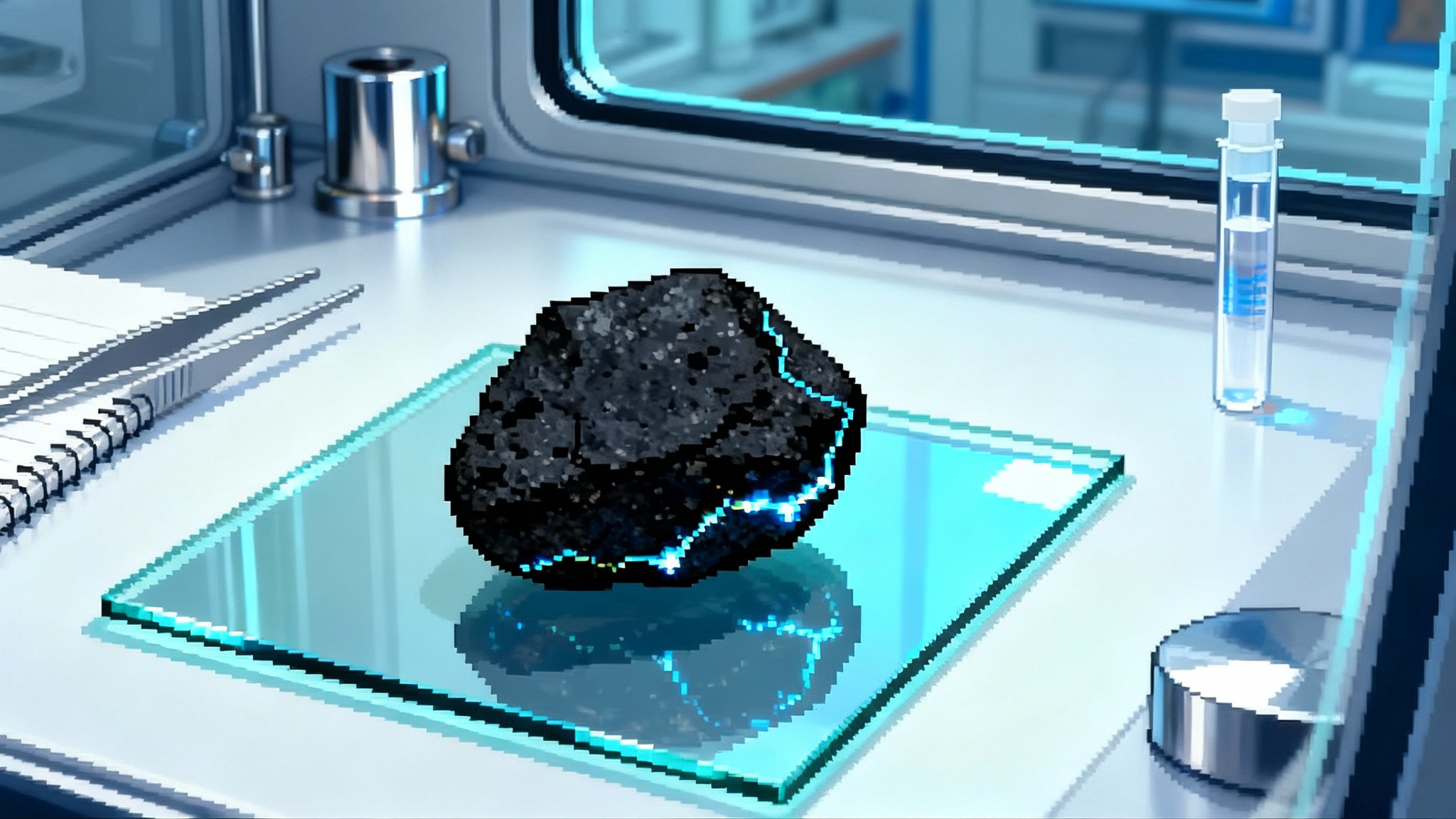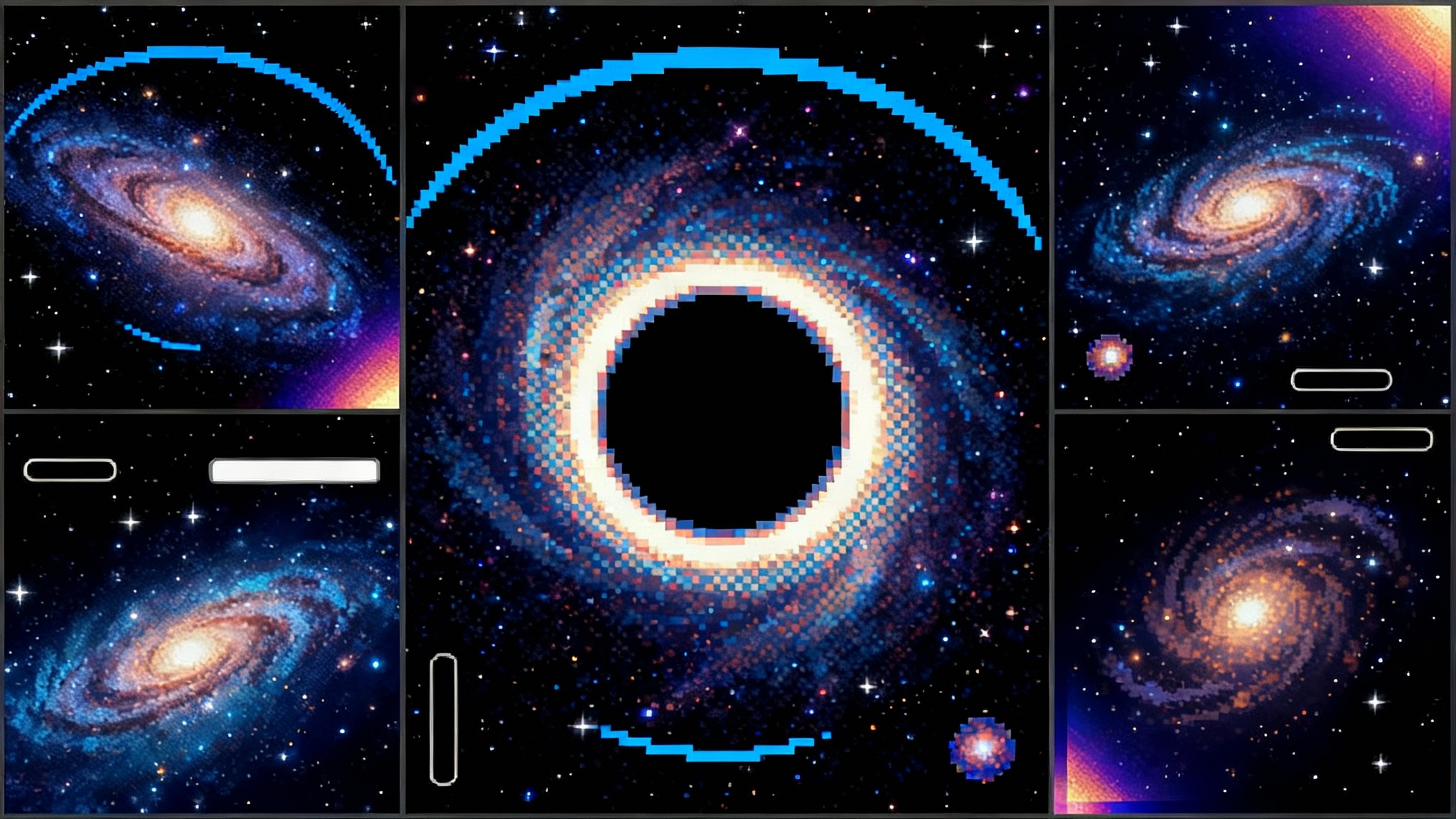Chang’e‑6 Rocks Rewrite the Moon: Drier Depths, Magnetic Revival
Chang'e 6 returned the first farside samples from South Pole-Aitken and they upend expectations: the mantle source looks far drier than near-side equivalents, and tiny clasts record a magnetic field that pulsed back around 2.8 billion years ago. Here is what that means for water prospecting, Artemis site choices, and a buildable farside lab.
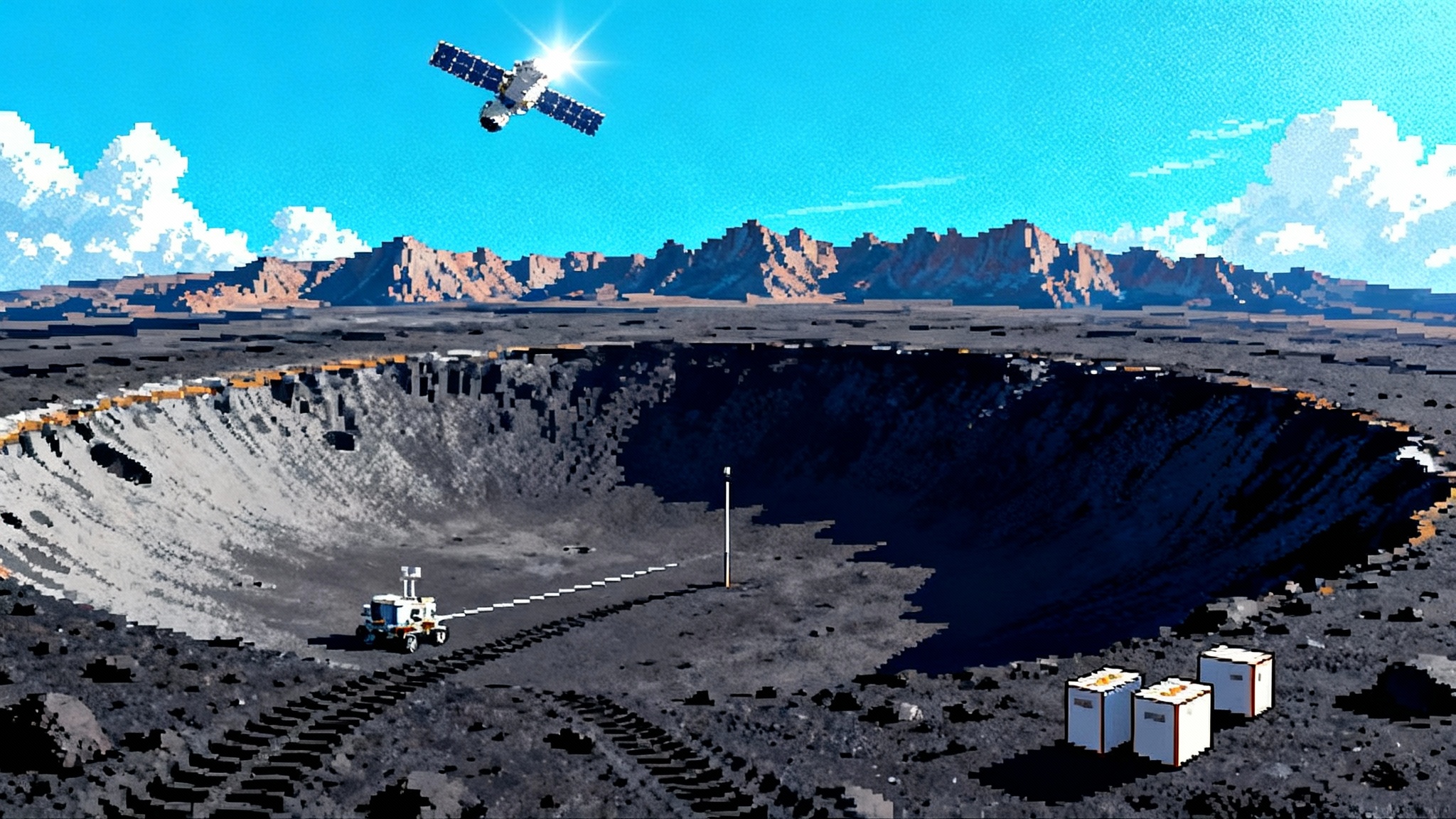
Breaking: Farside samples flip the Moon's script
For half a century, lunar science leaned on near-side specimens from Apollo and Luna, plus a handful from Chang'e 5. Chang'e 6 changed that. The mission returned nearly two kilograms of rock and soil from the Moon's farside, inside the vast South Pole-Aitken basin. In mid-2025, teams analyzing those samples reported two findings that reach far beyond academic debates. First, the mantle source that fed farside lavas appears dramatically drier than comparable sources beneath the near side. Second, tiny magnetic signatures in farside basalt clasts point to a late rebound in the Moon's global magnetic field roughly 2.8 billion years ago. As a reminder that samples can rewrite playbooks fast, see our look at the OSIRIS-REx sample surprise.
These are not just curiosities. They sharpen the map for where to hunt water that astronauts can use, they change how we choose landing sites for the United States' Artemis program and for the International Lunar Research Station led by China and partners, and they make a strong case for building a South Pole-Aitken farside laboratory within the next seven years.
What exactly did Chang'e 6 bring back?
Chang'e 6 landed in the southern portion of the Apollo basin, nested inside the South Pole-Aitken impact scar. That basin is a planetary-scale excavation through the lunar crust that exposes rocks from deeper layers. Think of it as a natural geologic drill core, punched by a primordial collision. The site selection maximized the chance that at least some fragments would carry a memory of the deep interior: melted mantle that erupted as basalt, shocked breccias from the impact, and glassy particles that record their environment with surprising fidelity.
The returned suite includes fine regolith grains, glass spherules, and basalt clasts with mineral phases like pyroxene and olivine that act like tiny tape recorders for temperature, chemistry, and magnetism. Together, they give us a before-and-after snapshot of how the Moon cooled, degassed, and lost its magnetic heart.
Finding 1: A markedly drier farside mantle
The headline number is simple enough to grasp. Analyses of farside basalt fragments indicate the mantle source that fed them held only about 1 to 1.5 micrograms of water per gram of rock. Near-side mantle sources span a much wider range, up to about 200 micrograms per gram in some cases. The farside is, by this measure, strikingly parched. Early results summarizing these measurements were published in 2025 by teams led from the Chinese Academy of Sciences, with the mantle water content pegged in that 1 to 1.5 micrograms per gram range, the lowest yet reported from lunar interior sources. See the official summary: farside mantle holds 1 to 1.5 micrograms per gram of water.
If you prefer metaphors to micrograms, imagine two apartments in the same building. The near-side unit has a humidifier, sometimes on full blast, sometimes barely a mist. The farside apartment has a bowl of dry rice. Both live in the same climate, but their plumbing and ventilation differ. In the Moon's case, that plumbing is the distribution of heat-producing elements and the history written by giant impacts. The Procellarum KREEP Terrane on the near side concentrates radioactive elements like potassium, thorium, and uranium, which kept parts of the near-side mantle warmer for longer and may have preserved more volatiles. The South Pole-Aitken impact likely did the opposite in its neighborhood, excavating and reworking deep material in ways that helped strip incompatibles, water included, from the mantle beneath the farside.
Why this matters for exploration: astronauts cannot drink mantle water. Usable water for life support and propellant will come from near-surface sources, chiefly ice grains trapped in the cold floors of permanently shadowed craters near the poles, and possibly from hydrated minerals in some pyroclastic deposits. But dry mantle is still a big deal. It narrows the set of places where subsurface hydration is likely, it changes how we interpret remote sensing of hydroxyl and water absorption bands, and it guides drill depths and power budgets for prospecting packages. If the deep source is drier on the farside, then farside pyroclastic glasses may also be leaner in volatiles. That shifts priorities toward polar cold traps and specific near-side volcanic units with proven volatile retention.
Concrete next steps for water and in situ resource utilization
- Retarget prospecting to polar micro cold traps: move from kilometer-scale maps to decimeter-scale risk maps that combine thermal models with slope, roughness, and illumination cycles. Pair neutron spectrometers with laser altimeters and thermal imagers on the same platform so that inferred ice content is cross-checked against local terrain hazards.
- Treat hydration as layered, not uniform: if the mantle source is drier, expect a sharp transition with depth at the poles. Design drills, heaters, and mass spectrometers to sample in 10 centimeter increments down to at least one meter, with a clear thermal budget for sublimation containment. A rover can carry a compact oven mass spectrometer and a neutron gamma system to quantify ice abundance and bound it with actual core samples.
- Update instrument thresholds: tighten detection limits for water to the single microgram per gram level to match what the new results say is plausible in some units. That requires careful calibration routines and strict contamination control. Do not over promise maps of percent level ice from orbit alone.
- Build redundancy through diversity: pair a hopper that can jump into shaded pockets with a slow, power rich rover that can core and bake samples. This spreads risk between mobility and throughput.
Who should move first: commercial landers from the United States can deliver the sensors, with companies like Intuitive Machines, Astrobotic, and Firefly providing platforms. Instruments can be supplied by NASA centers and partners at universities, with participation from the European Space Agency and the Japan Aerospace Exploration Agency. China's International Lunar Research Station partners can field parallel prospectors near the south pole, creating a joint data standard for volatile maps that can be shared without revealing proprietary flight software. This is not duplication. It is a hedge against terrain surprises. For heavy logistics downstream, keep an eye on Starship payload operations in 2025.
Finding 2: A magnetic field that pulsed back late
The second result seems almost romantic. After fading from a strong early dynamo, the Moon's magnetic field appears to have strengthened again around 2.8 billion years ago, at least for a time. Tiny iron bearing minerals in farside basalt clasts carry a ghost of the field in which they cooled. Paleointensity readings from Chang'e 6 specimens indicate a renewed field in the single digit to low tens of microteslas. That is less than Earth's average surface field today but far stronger than a purely residual or impact generated field. A 2025 summary from the Chinese Academy of Sciences describes a rebound in field intensity around 2.8 billion years, the first such evidence from the farside: rebound in field intensity around 2.8 billion years.
What could drive such a comeback? The engine is the lunar dynamo, powered by motions in a metallic core. There are several ways to stir the core. One is heat flowing out as the core crystallizes from the inside out. Another is precession, the slow wobble of the Moon that can stress the interior and keep fluids moving. A third possibility is heat delivered to the core mantle boundary by long lived radiogenic elements and deep mantle overturn. The farside data help decouple transient, impact induced magnetism from a true global field because the site is away from the dense network of near-side magnetic anomalies.
Why the magnetic rebound matters now
- Space weathering records get a new baseline: a stronger field shields the surface somewhat from solar wind, which means the history of how quickly surfaces lose volatiles or darken under radiation depends on whether a site formed during a field on or field off epoch. That affects how we interpret reflectance spectra and ages and dovetails with how IMAP maps deep-space weather.
- Age dating could sharpen: if basalt units of known age also carry consistent magnetic intensities, magnetism can join crater counts and radiometric dating as a cross check. Chang'e 6 gives us the first farside calibration points.
- Magnetism meets volatiles: a late, real magnetic field could slow sputtering losses of surface bound water and hydroxyl in some epochs. That does not refill a dry mantle, but it nudges models of how much ice migrated and where it settled over billions of years.
The five to seven year playbook
The combined picture points to a practical agenda. It is not about planting flags. It is about reducing uncertainty for sustained operations.
1) Smarter water prospecting that buys down risk
- Replace one big rover with a swarm: after NASA ended the VIPER project in 2024, the gap in mobile subsurface prospecting can be closed by three or four small, semi redundant rovers with shared instruments and different mobility styles. One can be a ridge crawler focused on sunlit rims, one a short range driller that shuttles into penumbral zones, and one a hopper for brief descents into shadow. If one fails, the campaign continues.
- Demand co registered maps: every delivery should return a bundle of co registered data products at the 10 meter scale: neutron counts, thermal inertia, surface temperature, slope, and albedo. Agencies should set a common file format and publish a strict accuracy budget so that future crew operations can trust the maps.
- Tie resources to operations: if ice is patchy at decimeter scales, then propellant plants should be modular and redeployable. Design small electrolyzers and cold traps that can move as a unit from a low yield patch to a higher yield patch without months of re commissioning.
2) Revise Artemis and International Lunar Research Station site choices
- Shift the value of near-side volcanic units: with a drier farside mantle, near-side pyroclastic deposits regain priority for crew accessible science that intersects resource questions. An Artemis sortie to a modest pyroclastic deposit near the south polar region can sample glasses while staying within relay coverage and line of sight to Earth.
- Polar outposts should face two ways: the base itself can sit on a sunlit ridge with long power periods, but traverse plans should explicitly target micro cold traps and regolith filled alcoves where ice may accumulate. The farside mantle dryness argues against deep drilling on the farside for water, so do not over invest in farside subsurface water systems. Invest instead in near surface polar harvesting and storage.
- ILRS can lead inside South Pole-Aitken: the International Lunar Research Station concept already points to the south polar region. The new results support placing one or more robotic stations in or near the South Pole-Aitken interior for deep time geology rather than water extraction. The farside's geology is the prize there.
3) Build a South Pole-Aitken farside laboratory
The lab is not a single building. It is a network that hangs together through relay communications. Here is a buildable plan.
- Communications backbone: China's Queqiao 2 relay now enables sustained farside operations. Replicate the capability on an open standard basis so that farside assets from multiple nations can interoperate. A second relay in a complementary orbit provides redundancy and higher bandwidth for seismology and radar data.
- A seismology grid, fast: place ten shoebox size seismometers across 500 kilometers of South Pole-Aitken within three years. The objective is to map crust and mantle structure, look for a partially molten layer, and constrain core size and state. This is the most cost effective interior experiment available. Each station needs a low drift clock, a modest radioisotope or high reliability solar power source, and dust tolerant anchoring.
- Ground penetrating radar transects: tow a compact radar behind a rover to 50 meters depth for buried interfaces, boulders, and stratigraphy. Combine this with drill cores every kilometer for a cross section of regolith and ejecta architecture.
- Magnetic cartography at human scale: equip rovers with vector magnetometers to trace crustal anomalies across fresh craters and lava contacts. Use the Chang'e 6 paleointensity as calibration points. Co locate samples for lab absolute dating back on Earth.
- Follow on sample return from a different context: Chang'e 6 landed on mare material influenced by South Pole-Aitken. The next farside return should target a central peak or basin ring where deep crustal rocks are exposed, plus a small crater that punched into an older lava. Two carefully chosen kilograms could lock down the timeline of volcanism and magnetism while testing whether the dry mantle signal holds across the basin.
- Shared curation and data: publish a joint curation protocol so that returned farside samples are subdivided with traceable, contamination controlled methods and the analytical data are mirrored across repositories. This enables independent cross checks of water, oxidation state, and paleomagnetism.
4) Instrument and mission design implications
- Bake off for lab on a chip volatiles: the drier mantle numbers demand instruments that can sniff water down to one microgram per gram in complex matrices. Run a competitive selection that funds three designs to environmental test, then pick two for flight.
- Dust and thermal are not afterthoughts: permanently shadowed regions threaten optics, seals, and batteries. Bake dust tolerance into bearings and cable runs, and specify heaters that can cycle aggressively without cracking potting compounds. Shadow work is a reliability test in the first hour, not at the end of the mission.
- Microtesla magnetism is the signal: calibrate vector magnetometers to resolve a few microteslas absolute, with stable offsets and temperature compensation. That precision pays for itself when you can separate a local rock's remanent field from background anomalies.
What success looks like by 2032
- Global water risk map, not just a pretty picture: a product that fuses neutron, thermal, slope, albedo, and drill returns, delivered in a format that mission planners and astronauts can use. The farside mantle result is baked into the priors.
- Seismology that answers the core question: with ten farside stations and a handful on the near side, we can bound the core's size and state and test whether a basal magma ocean or precession drove the late magnetic field. This is how we turn a rebound from an intriguing clue into a mechanism.
- Two farside sample returns from different geologic contexts: one is Chang'e 6. The next should deliberately contrast it. Together, they give us a multidimensional view of water, heat, and magnetism across space and time.
- Landing site playbooks that age well: Artemis and International Lunar Research Station architectures will change. A site playbook that ties resources to hazards and science value will not. It will be a living document, updated with each delivery, with clear thresholds for when a site graduates from reconnaissance to sustained operations.
The bottom line
Chang'e 6 did more than collect rocks. It delivered a new Rosetta Stone for the Moon's deep past and near future. A drier farside mantle resets expectations for subsurface hydration. A late magnetic rebound resets expectations for how the interior cooled and stirred. Together they narrow the search for usable water, point to smarter landing sites, and justify a focused South Pole-Aitken lab built around relay communications, seismology, and a follow on sample return. The Moon has handed us clearer instructions. The next five to seven years are our chance to read them quickly, act decisively, and turn exploration from a series of stunts into a working lunar practice.
